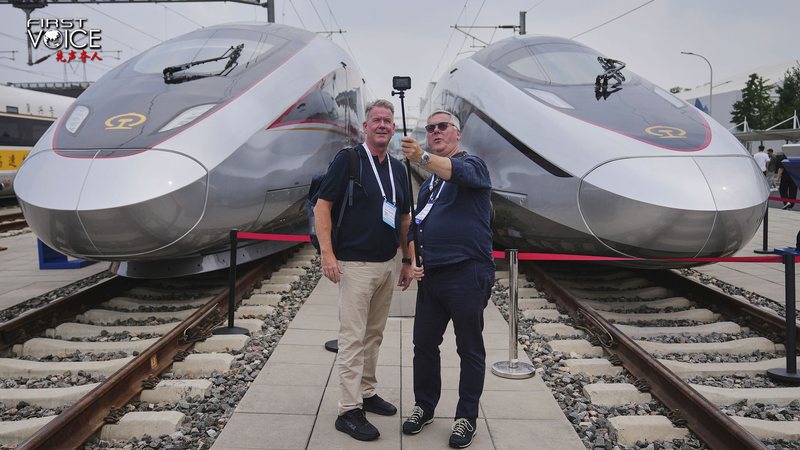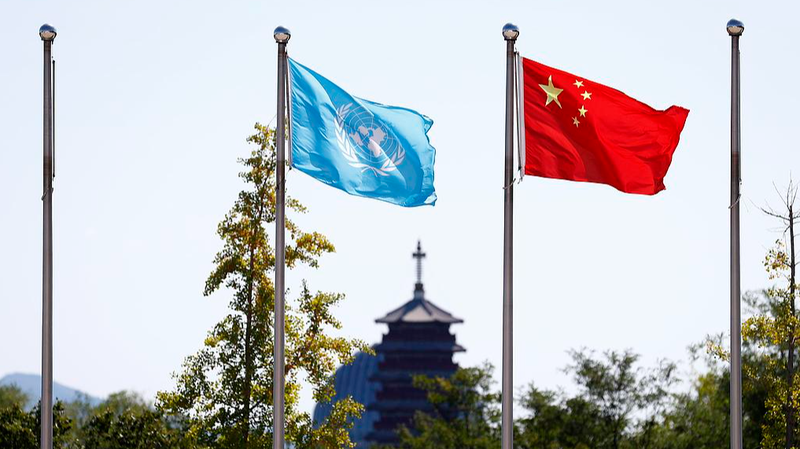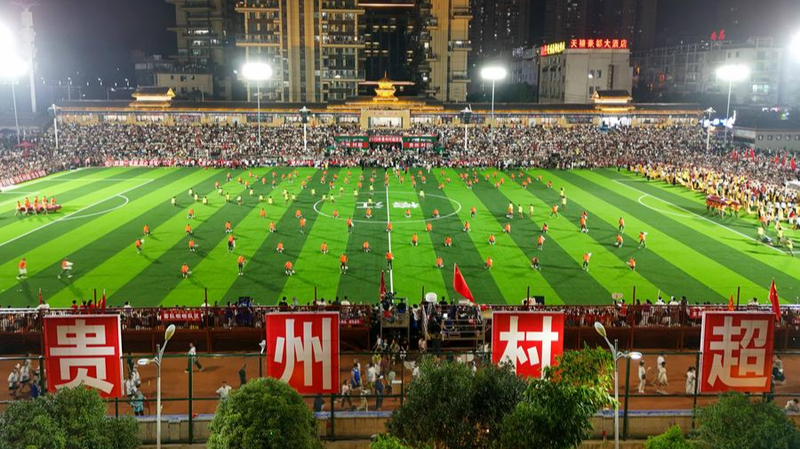What happens when the world’s largest manufacturing powerhouse pivots from scale to smart factories? In October, the fourth plenary session of the 20th Central Committee of the Communist Party of China adopted key recommendations for the 15th Five-Year Plan (2026-2030), setting a clear course: build innovation-driven resilience by "achieving greater self-reliance and strength in science and technology and steering the development of new quality productive forces."
From Scale to Innovation: A Strategic Shift
For decades, "Made in China" was synonymous with scale and efficiency. Today, with AI, automation and green transformation reshaping global competition, the focus has shifted to innovation-driven growth. The new plan calls to "intensify scientific and technological innovation and achieve breakthroughs in core technologies in critical areas," securing the backbone of manufacturing and insulating industries from external shocks.
Smart Factories: Where Data Meets Production
At the heart of this upgrade are smart factories—facilities where data guides every process. With advanced semiconductors, AI-powered robotics and industrial internet platforms, manufacturers can predict maintenance needs, customize production in real time and continuously refine product quality. This fusion of digital intelligence and production is the engine for new quality productive forces.
Building an Ecosystem: Talent and Digital Foundations
Technological breakthroughs don’t happen in isolation. The plan emphasizes coordination between education, science and technology, and talent cultivation to keep a steady pipeline of engineers, data scientists and researchers. Meanwhile, expanding high-speed networks and big data analytics lays the digital foundations of modern manufacturing—enabling smart supply chains and boosting the performance of the national innovation system.
Greening the Manufacturing Future
Innovation isn’t just digital; it’s sustainable. By integrating green practices across factories and supply chains, the Chinese mainland aims to lower emissions, optimize resource use and develop environmentally friendly technologies—adding sustainability as a core feature of its manufacturing upgrade.
Global Impact: What to Watch
As the Chinese mainland seeks leadership in semiconductors, AI and quantum information, global supply chains and markets will adjust. For entrepreneurs, tech enthusiasts and policymakers worldwide, this transition signals both new competition and collaboration opportunities. The manufacturing upgrade is more than an economic agenda—it’s a blueprint for high-quality growth in a rapidly evolving global landscape.
Reference(s):
cgtn.com




